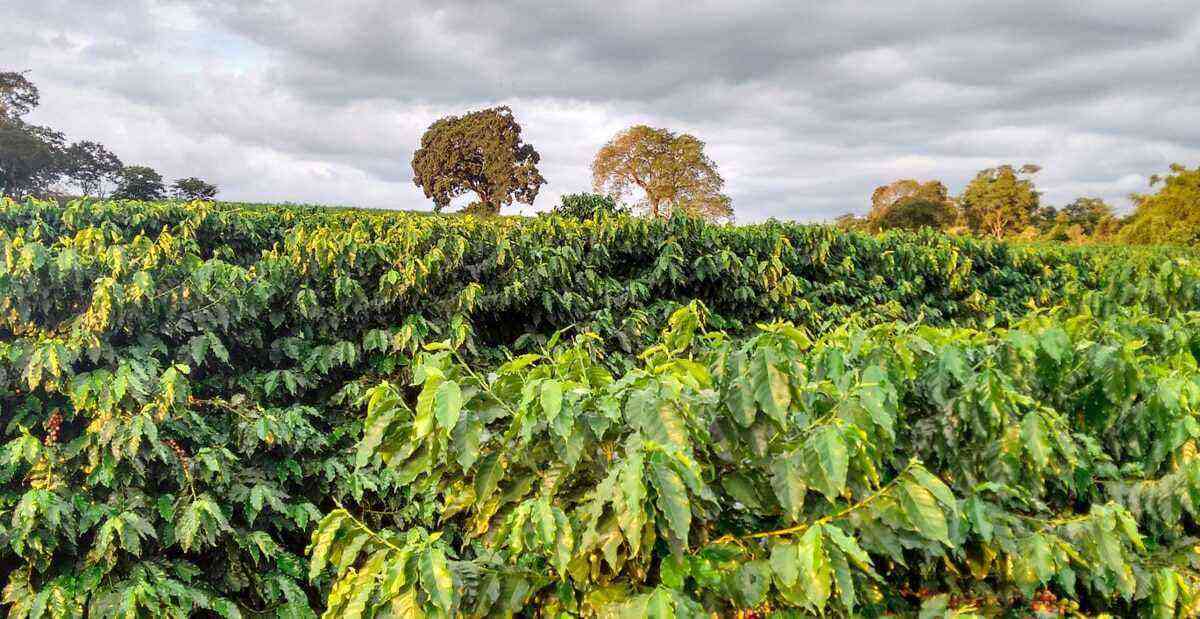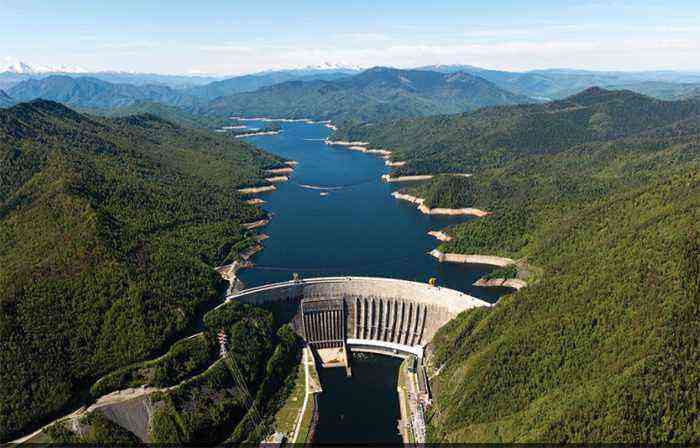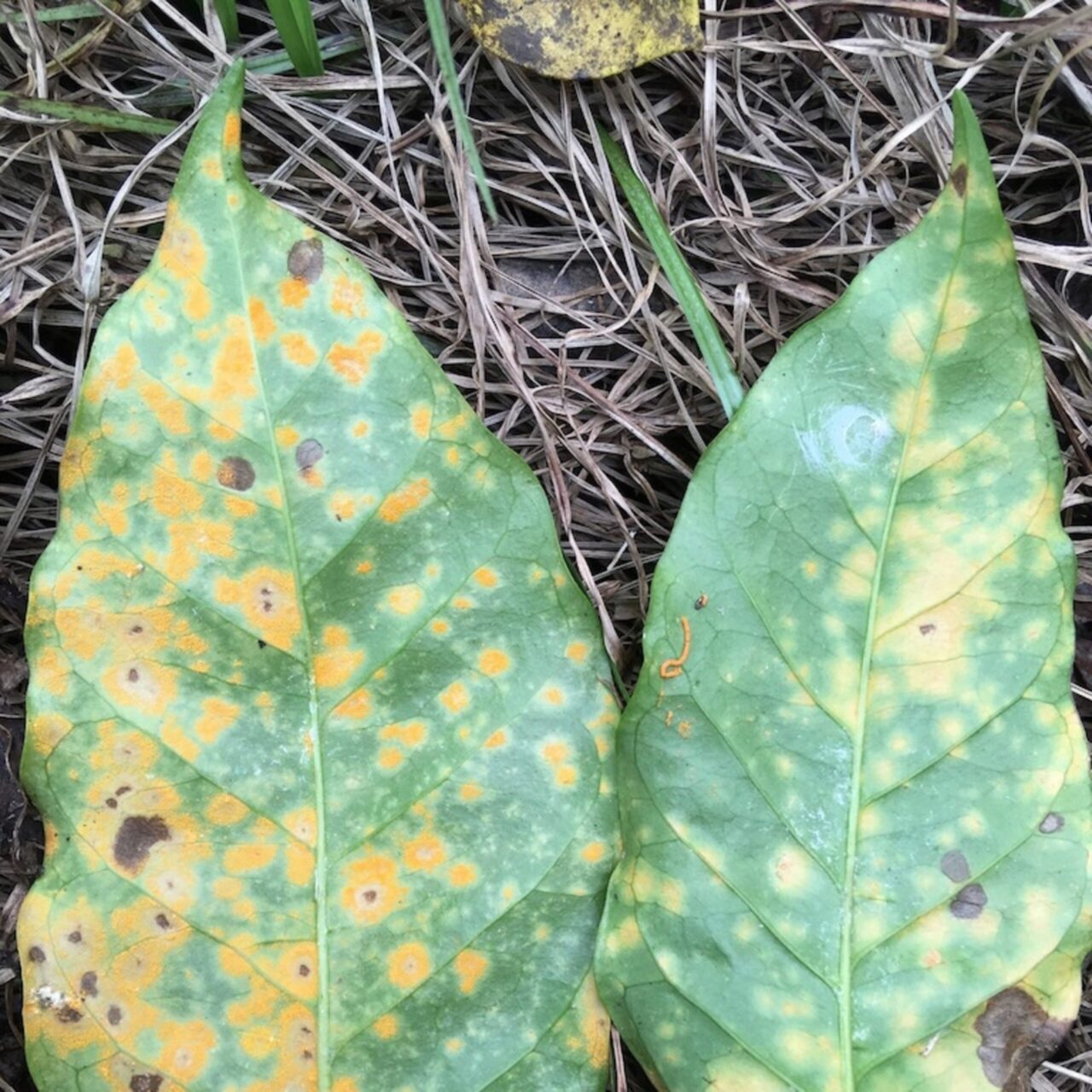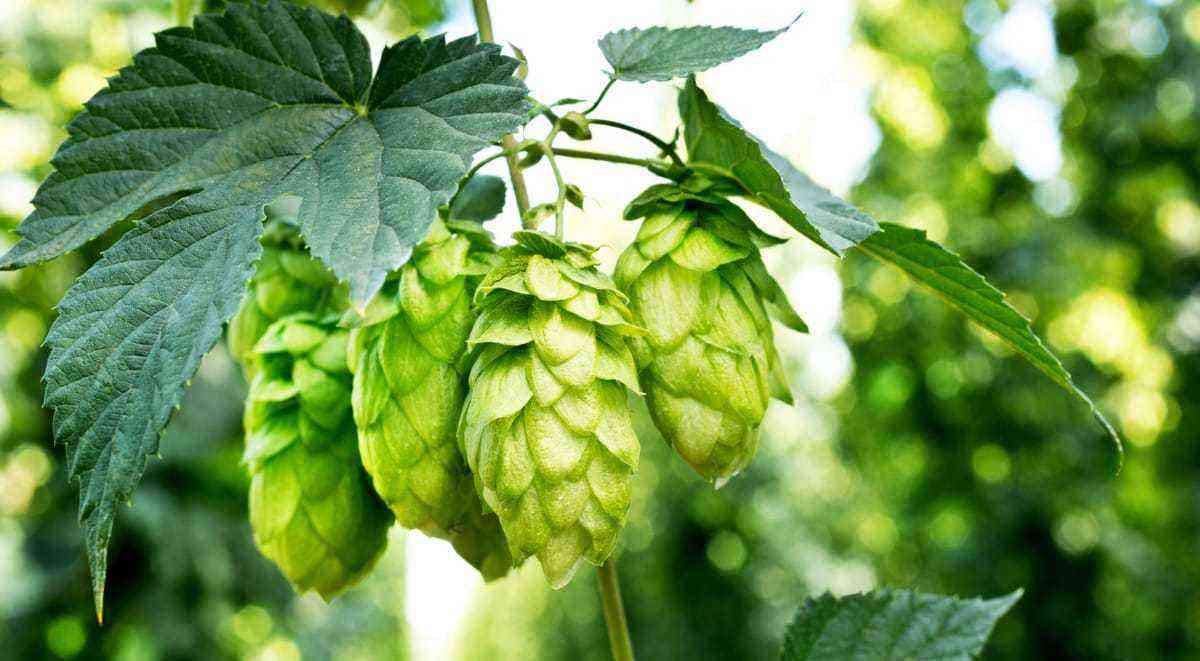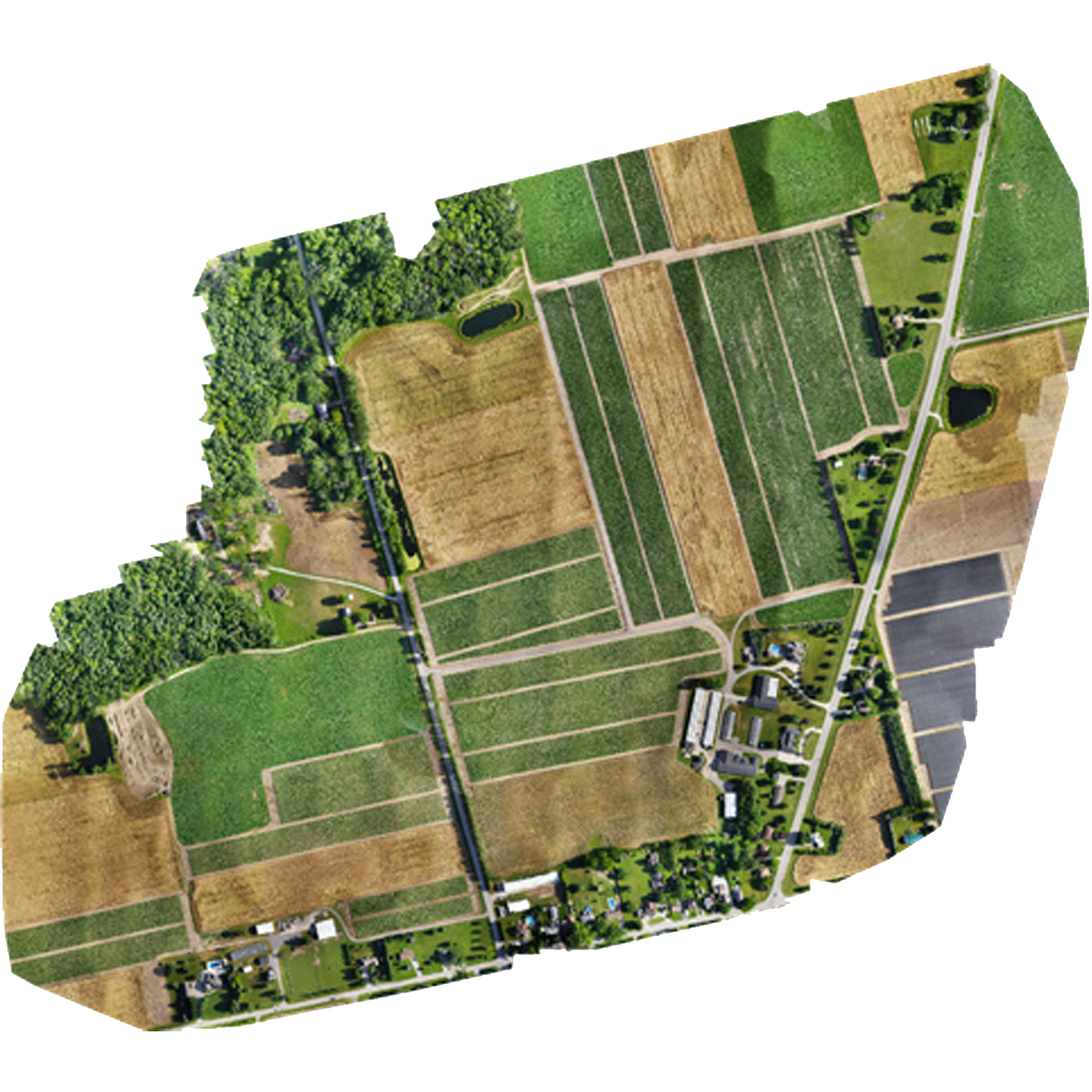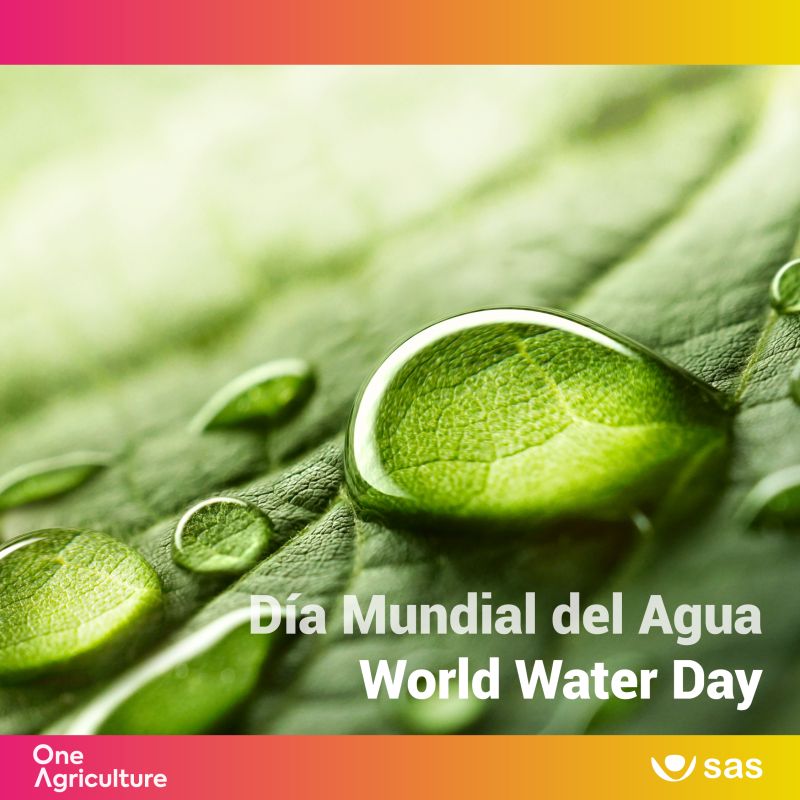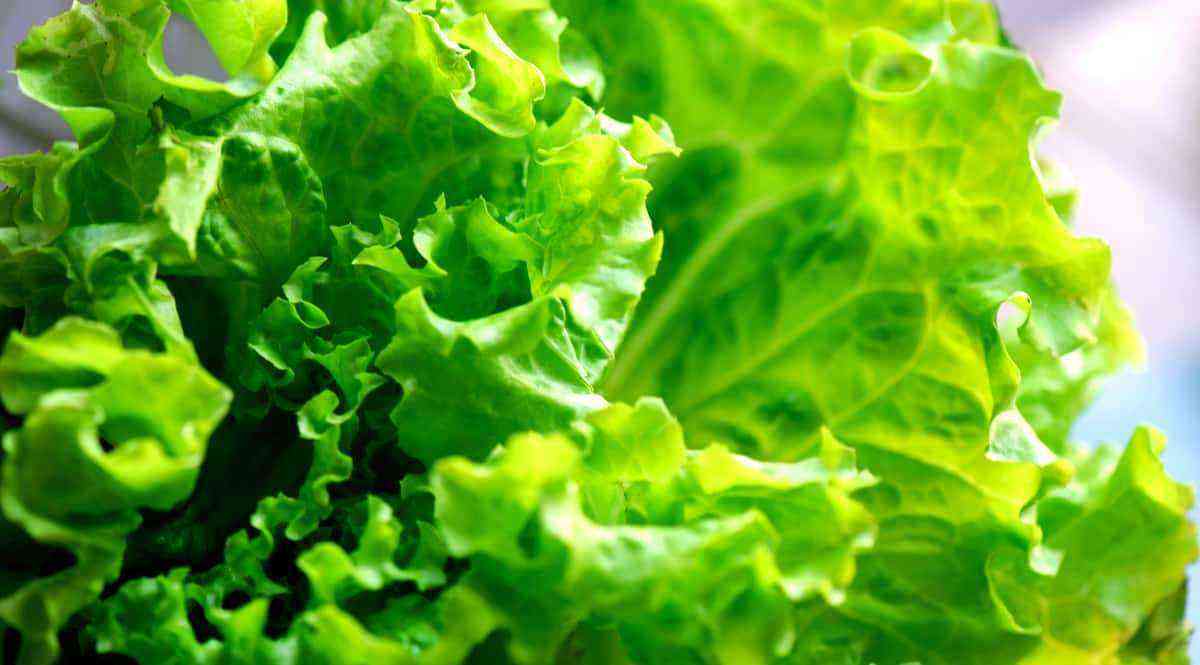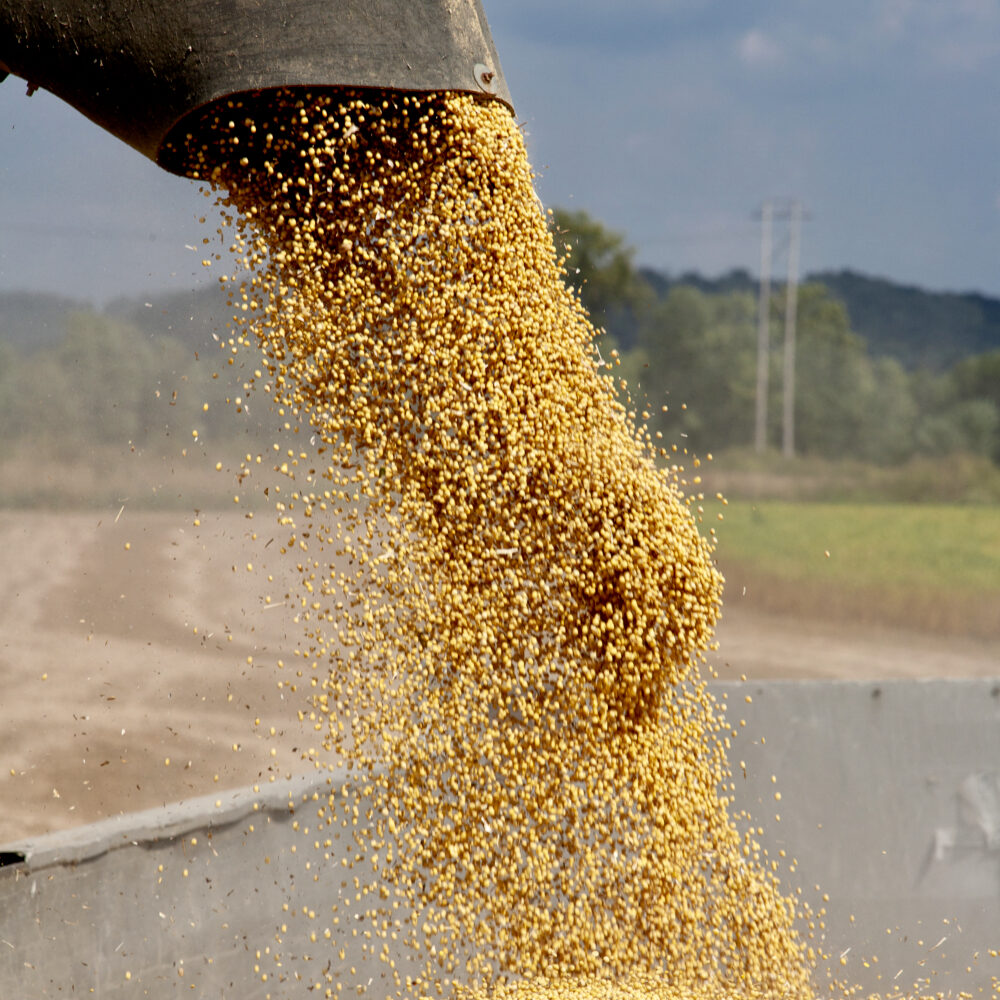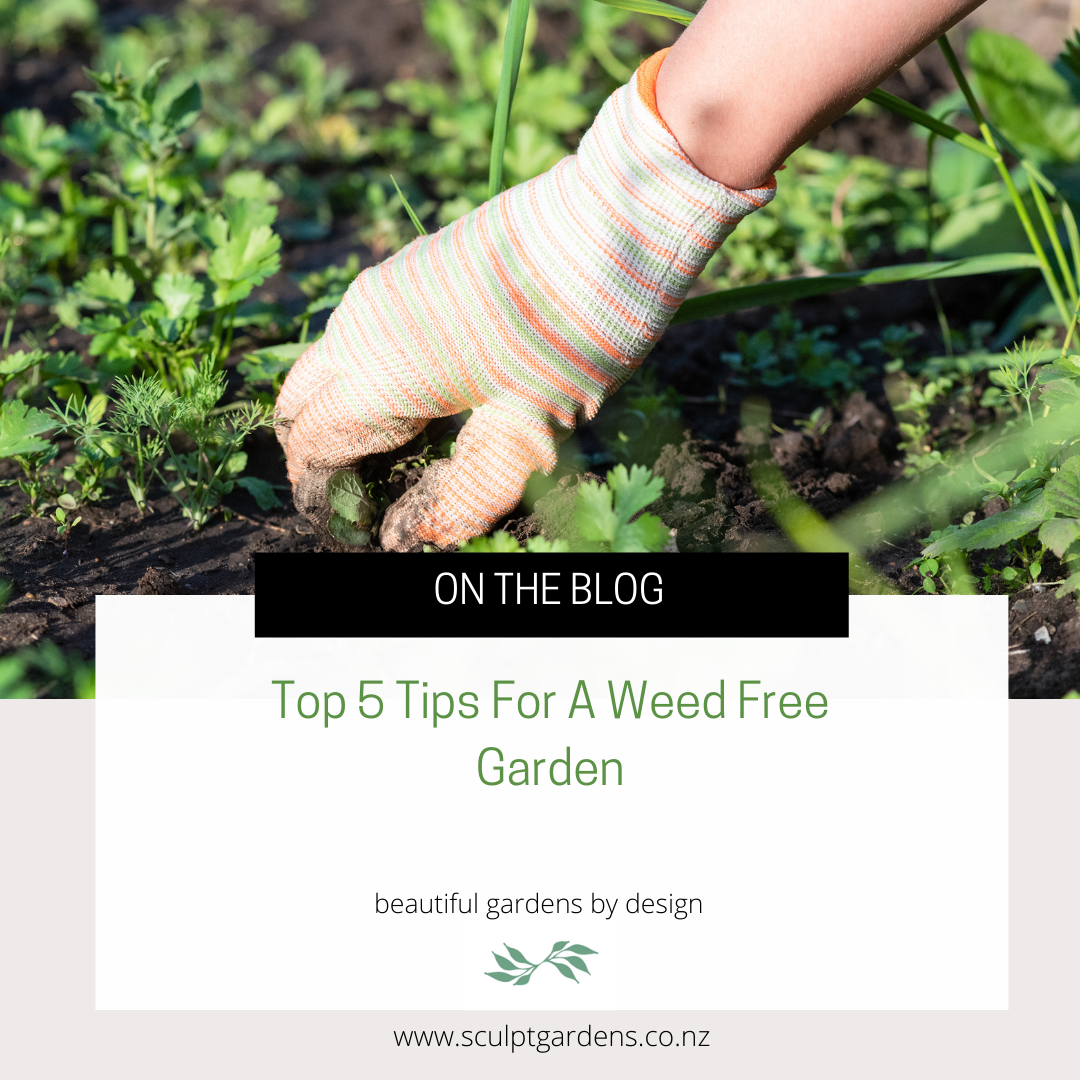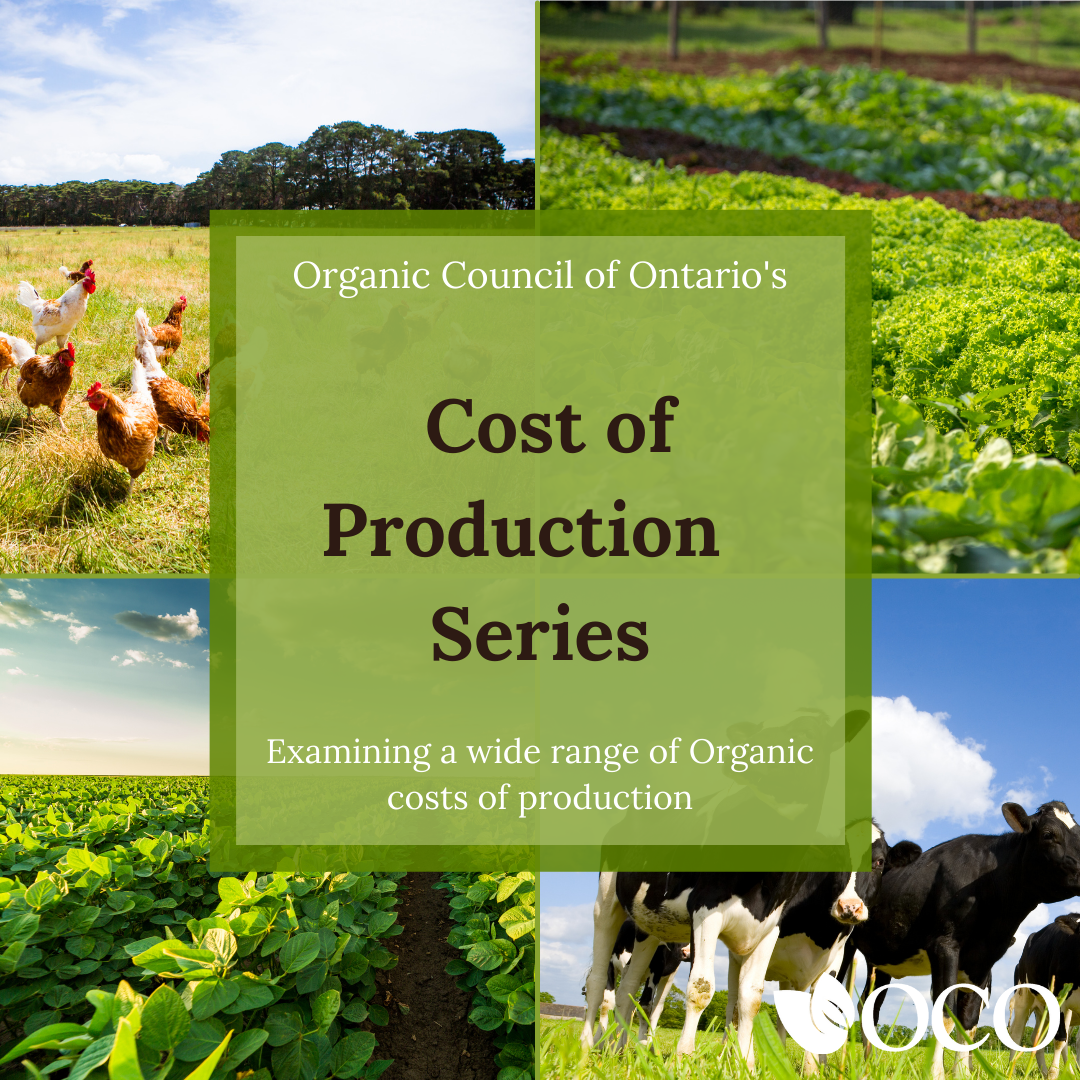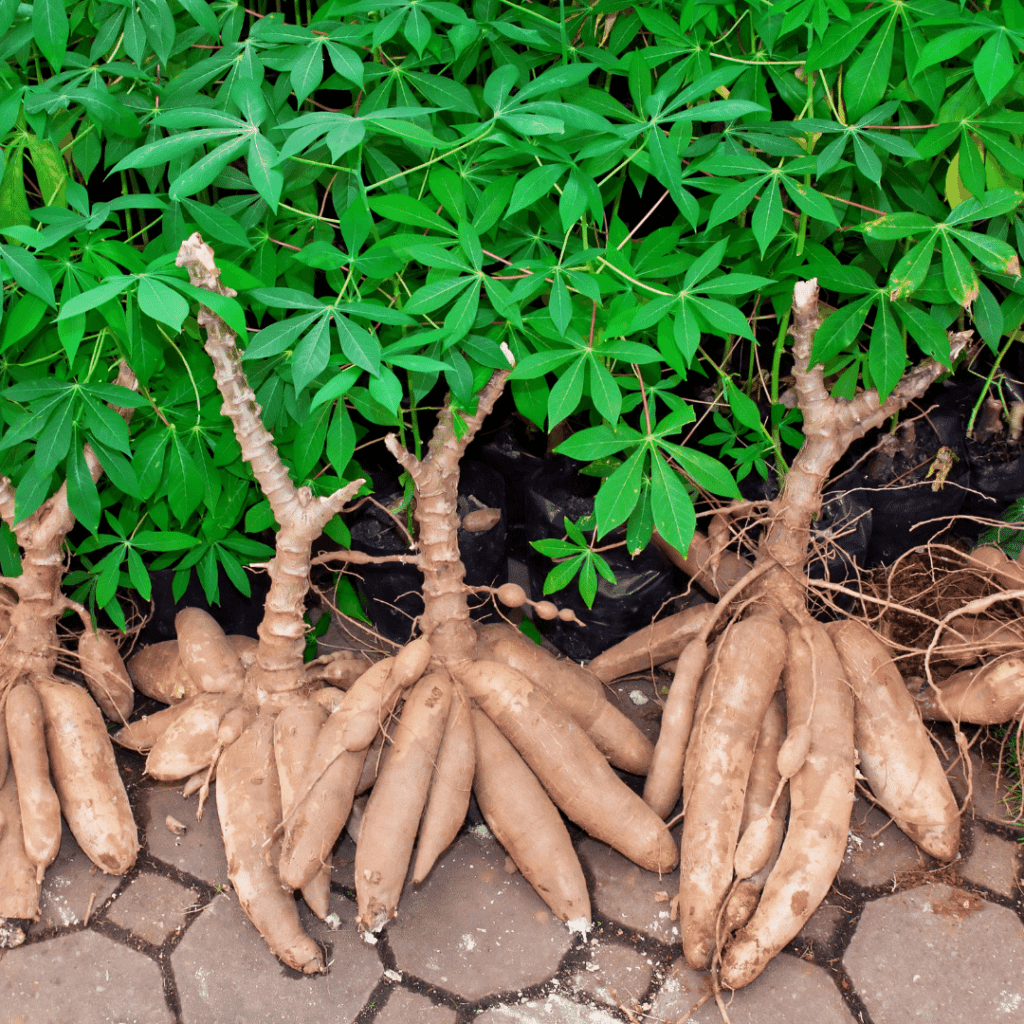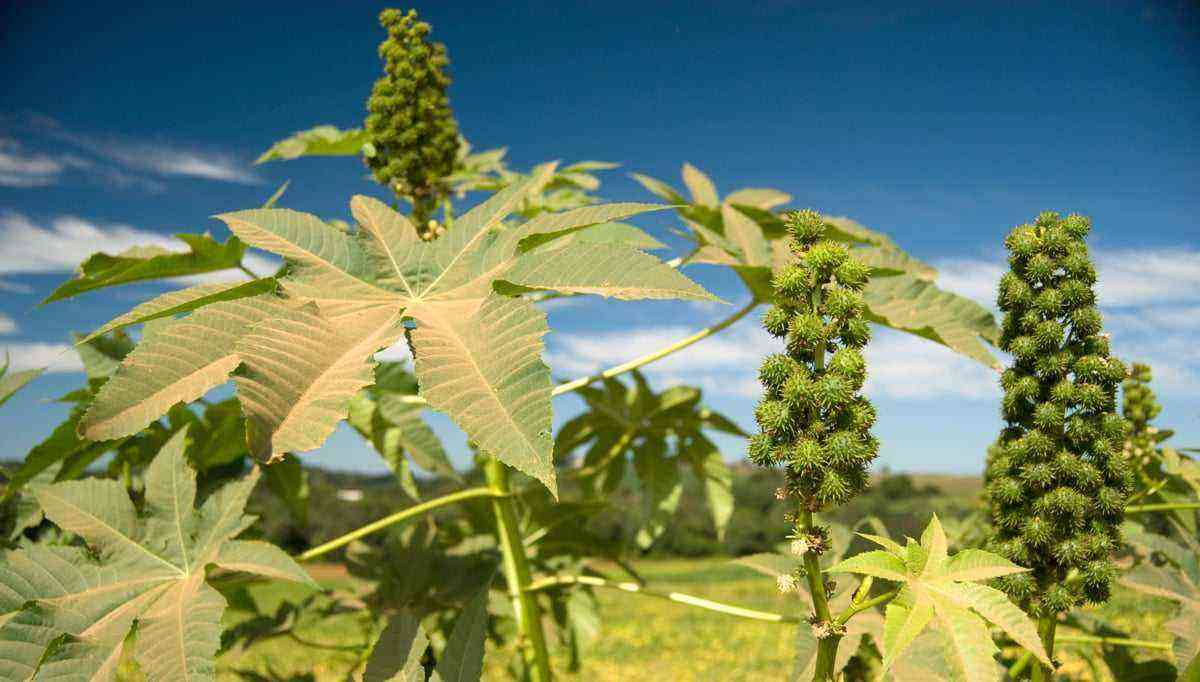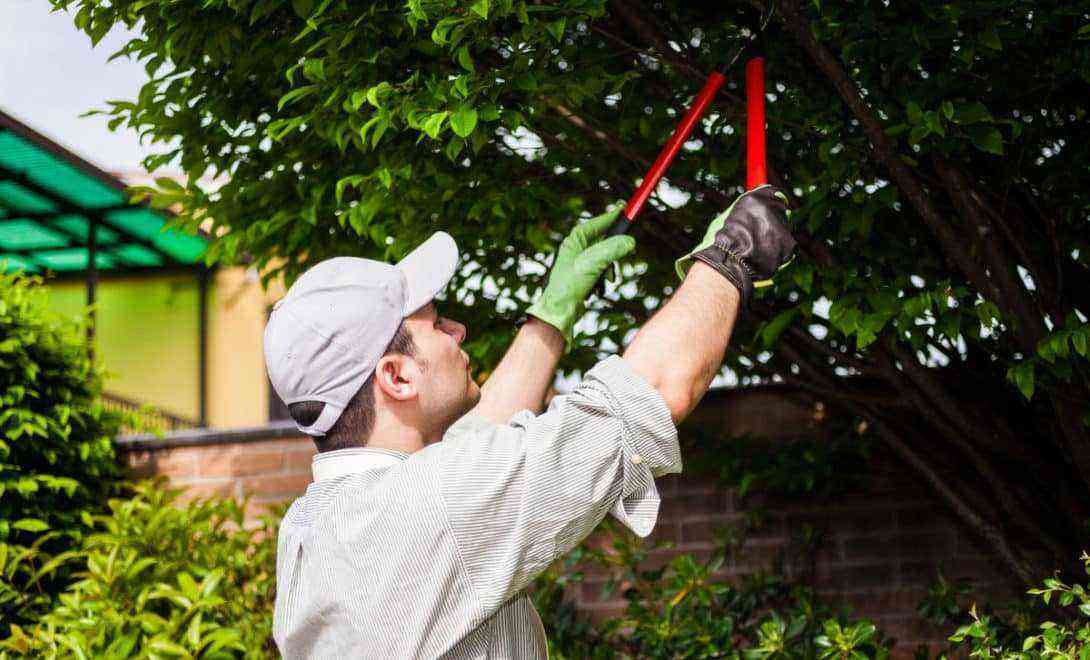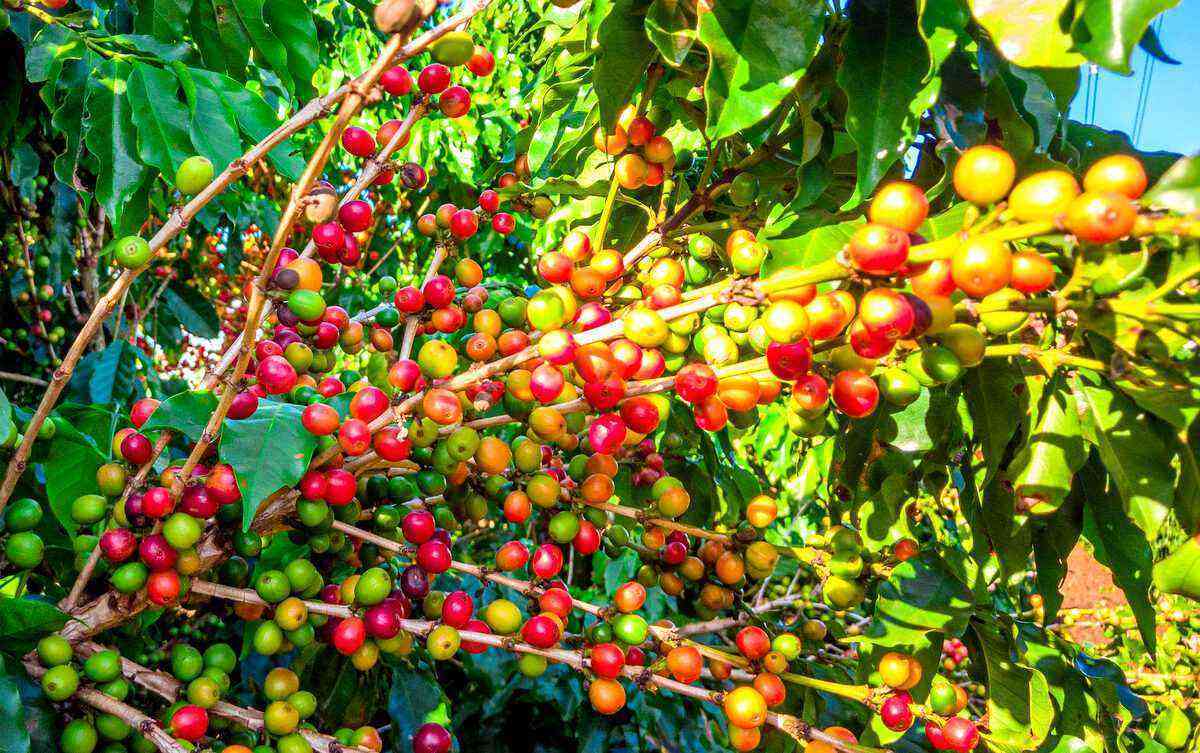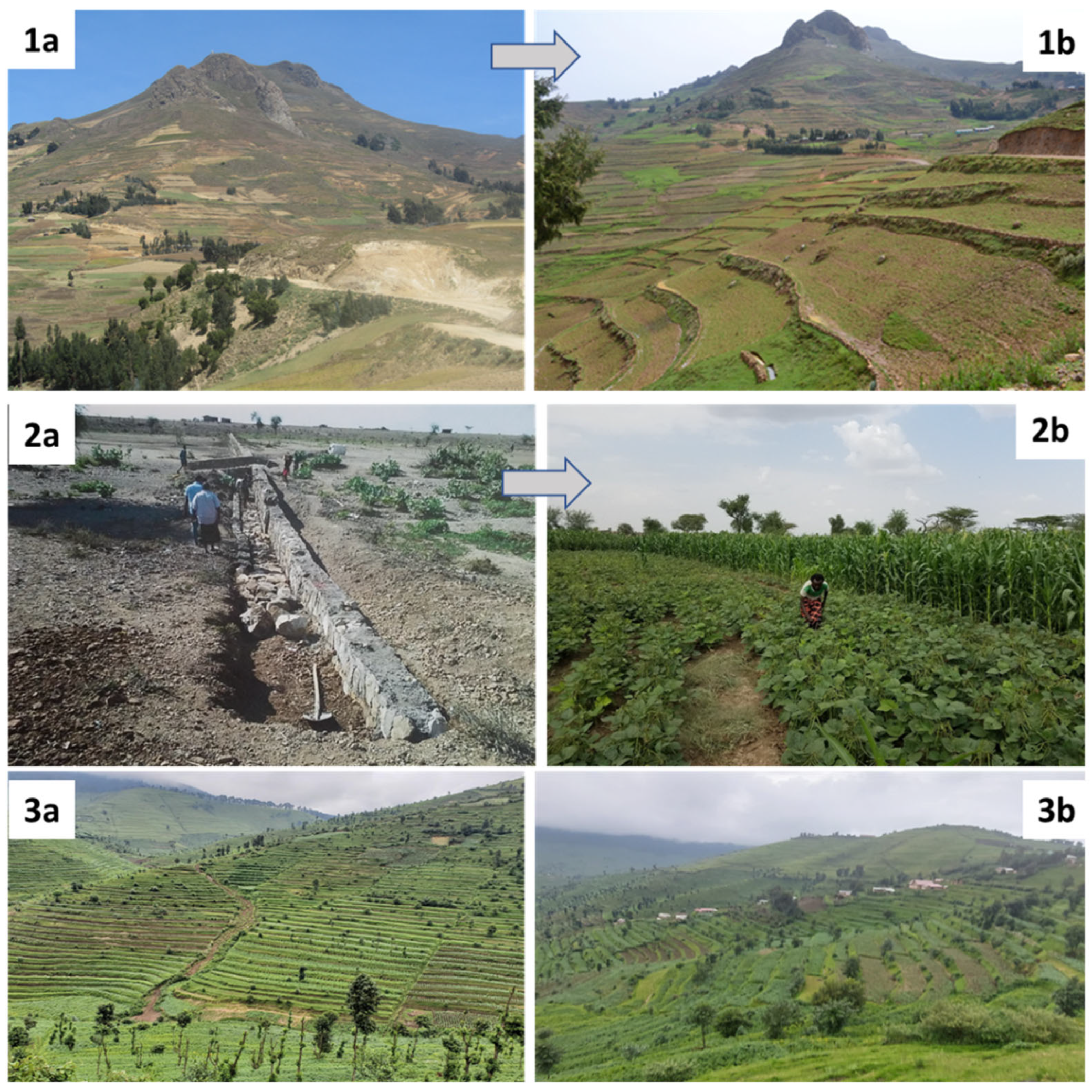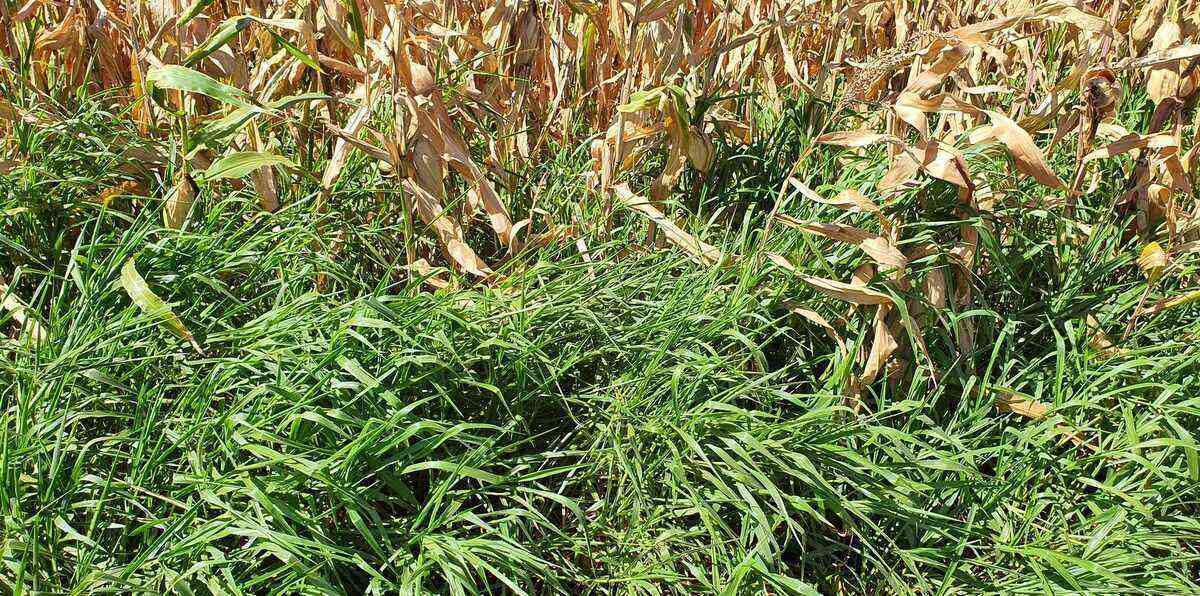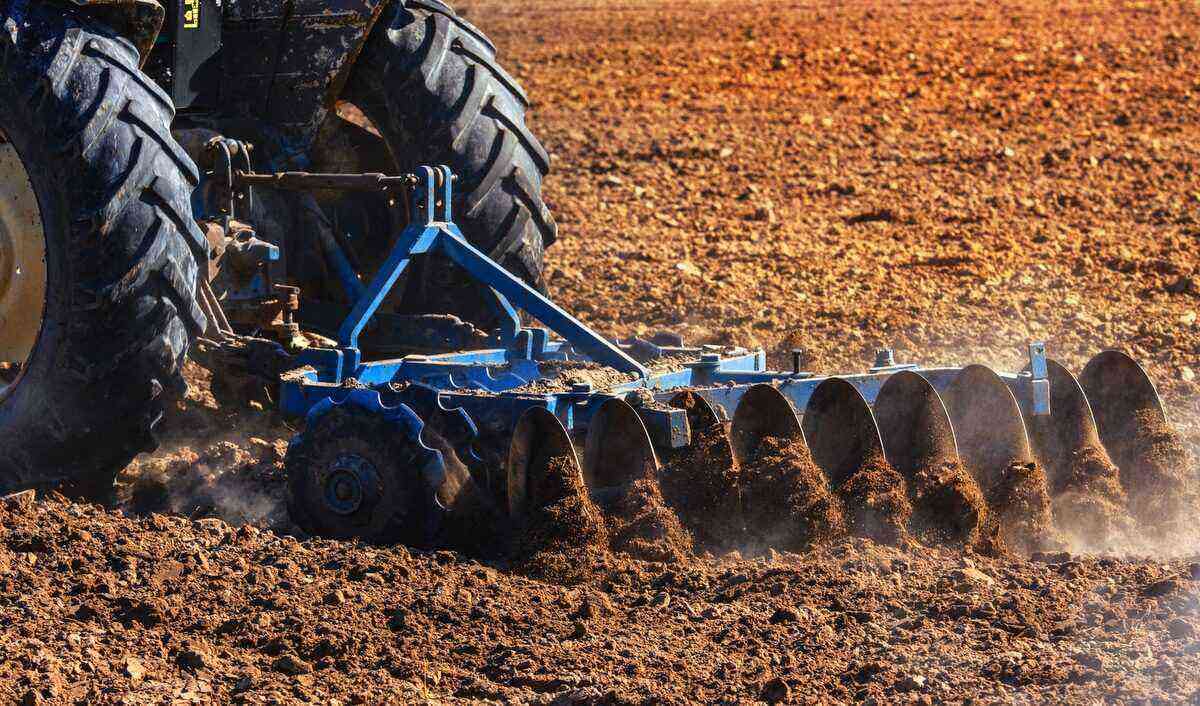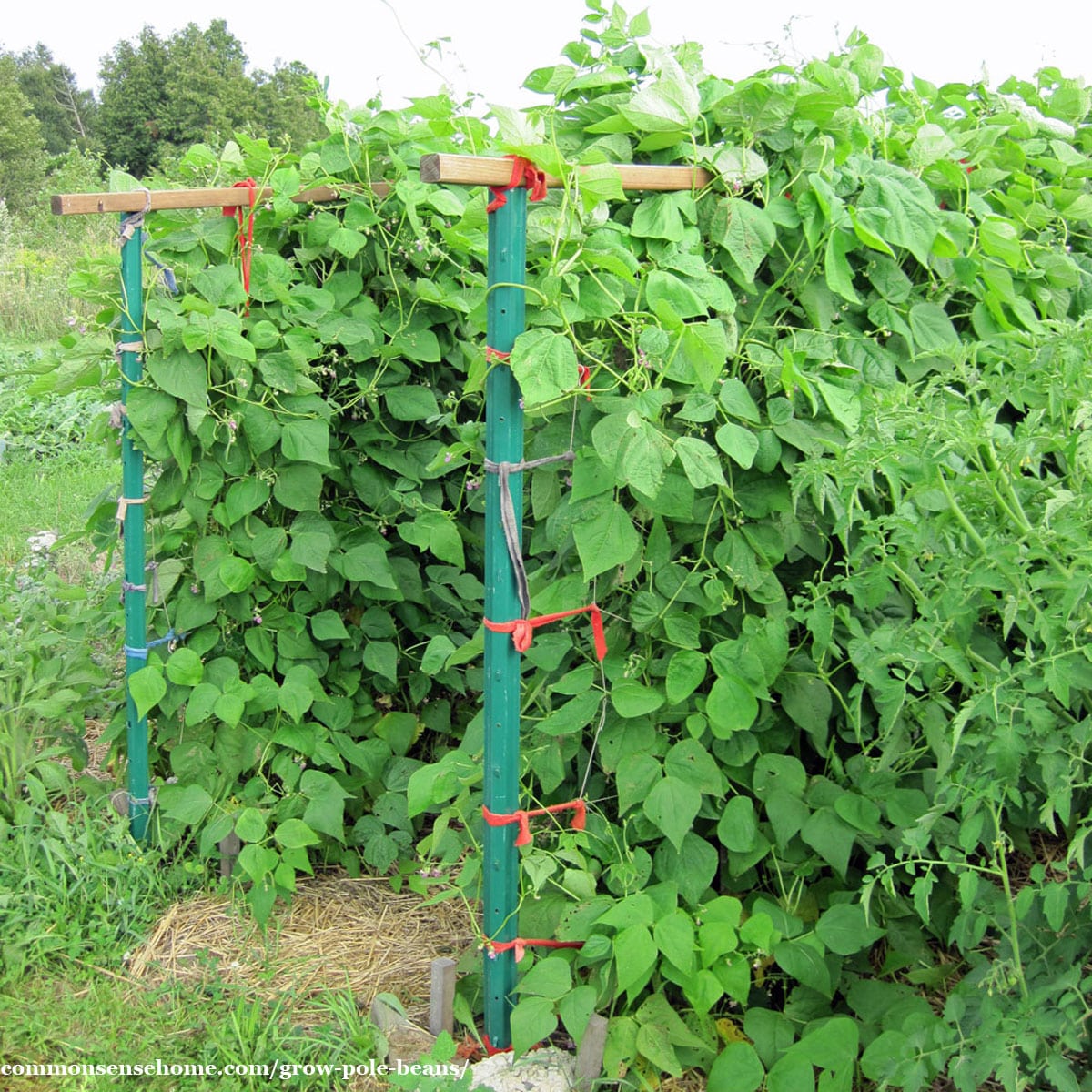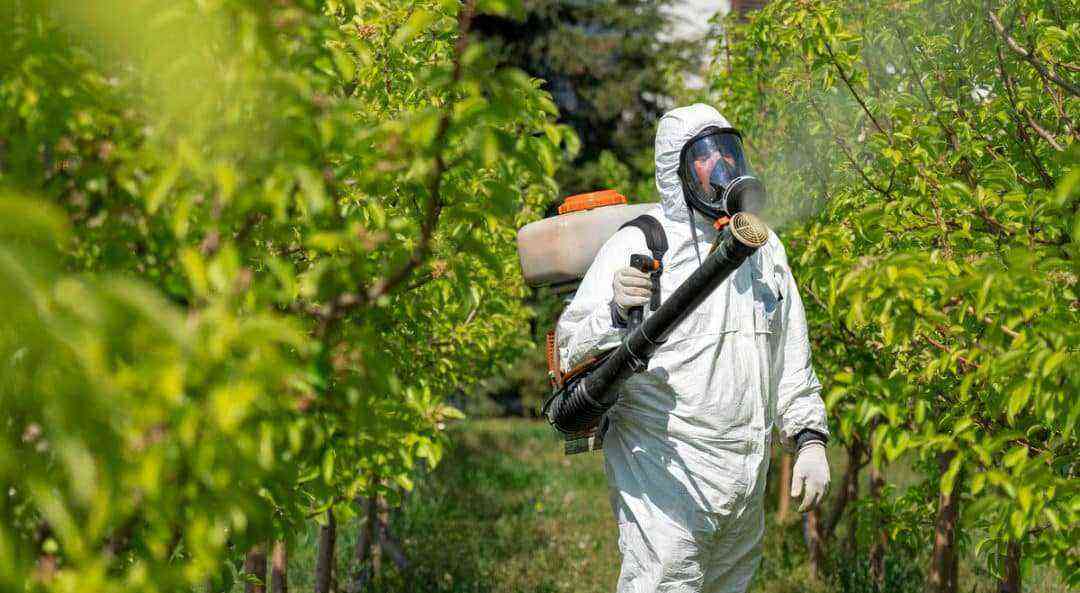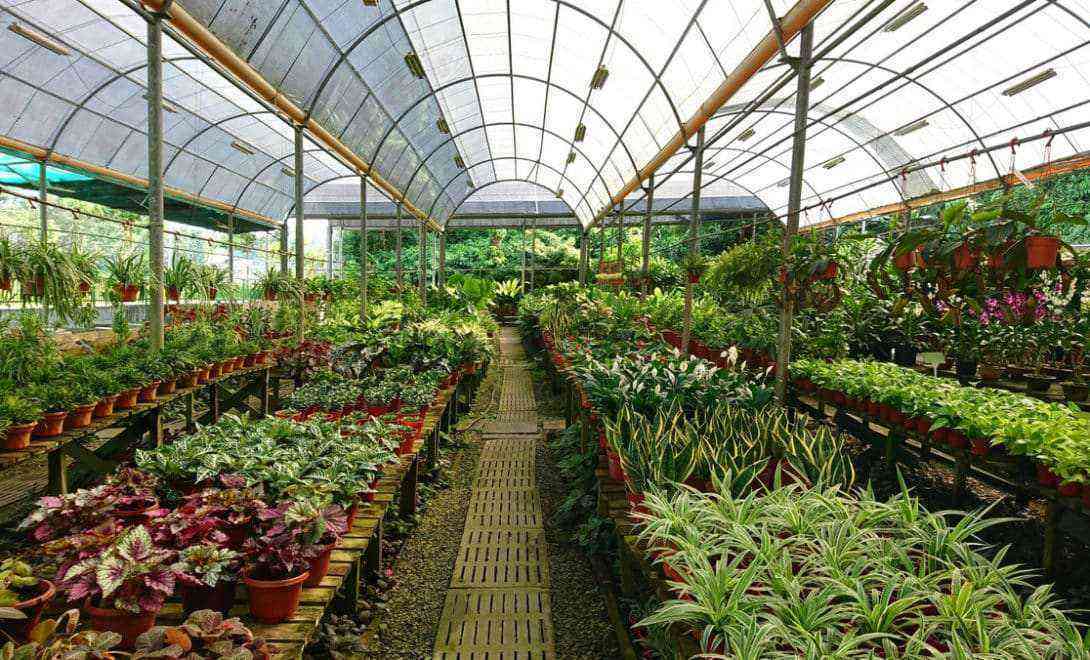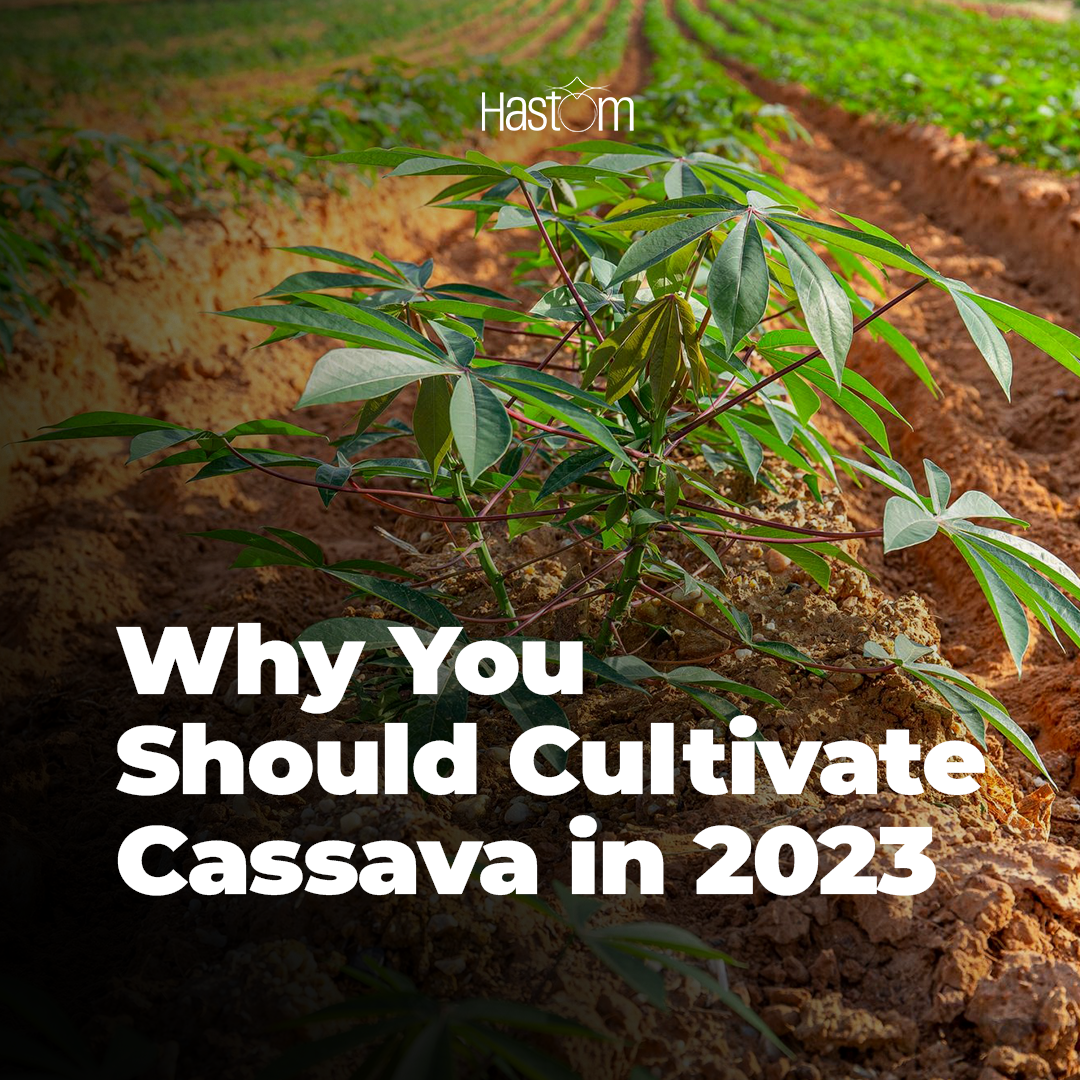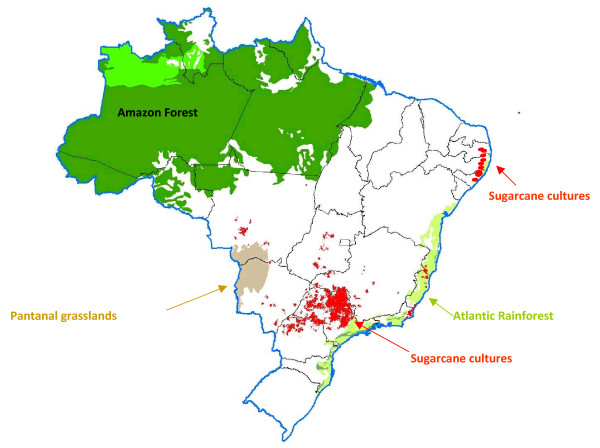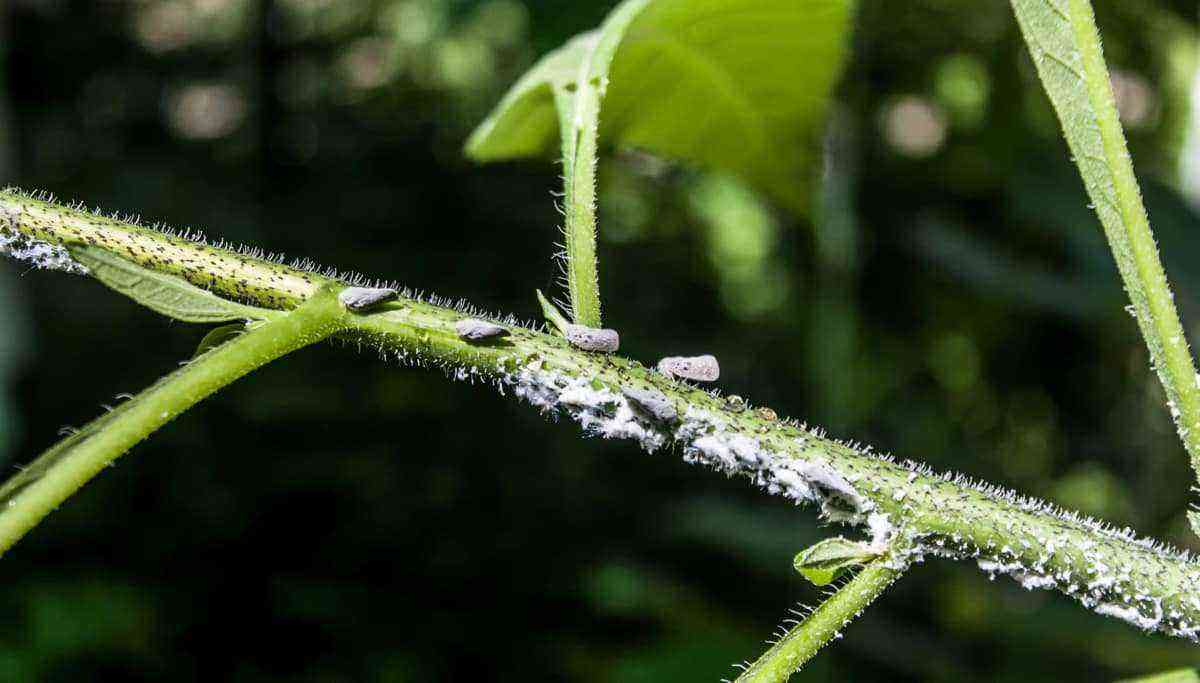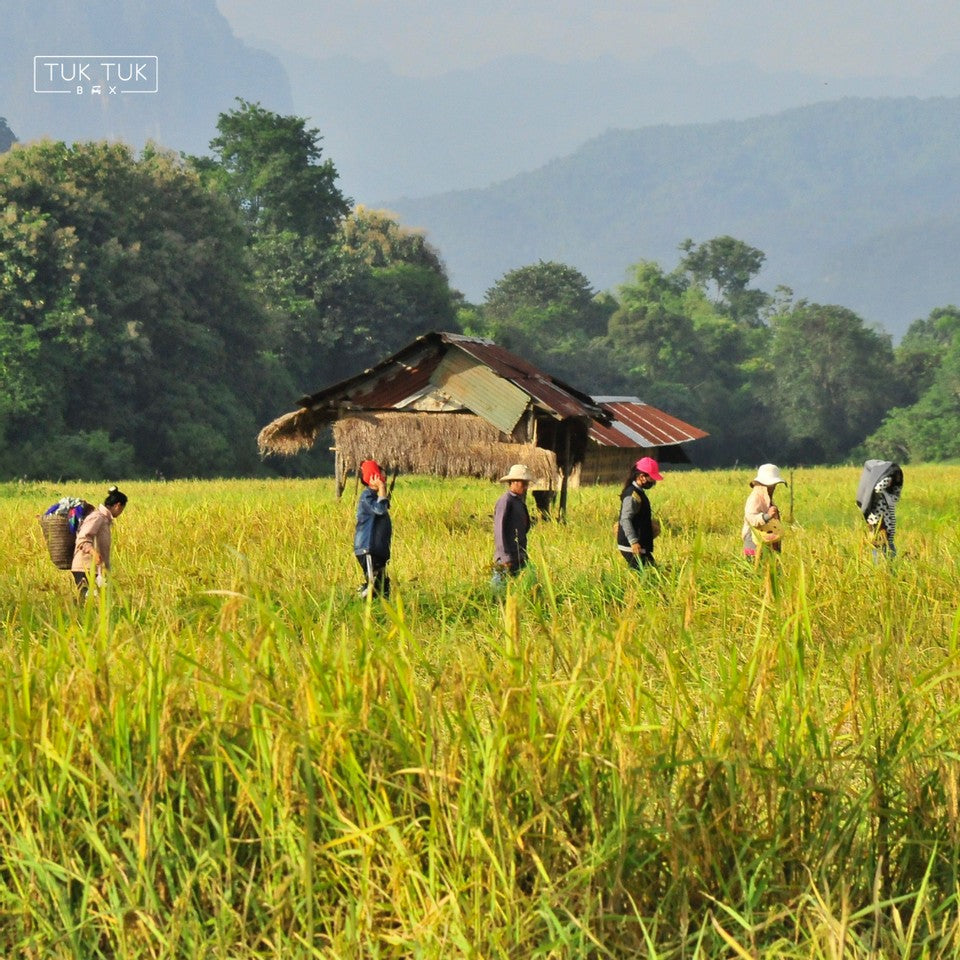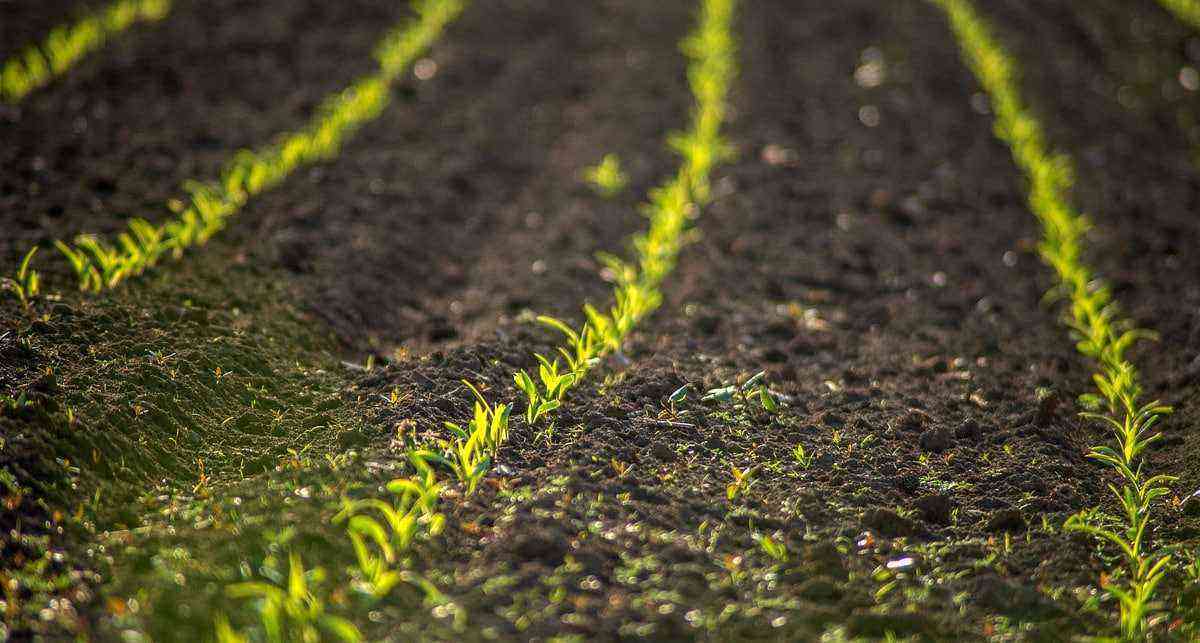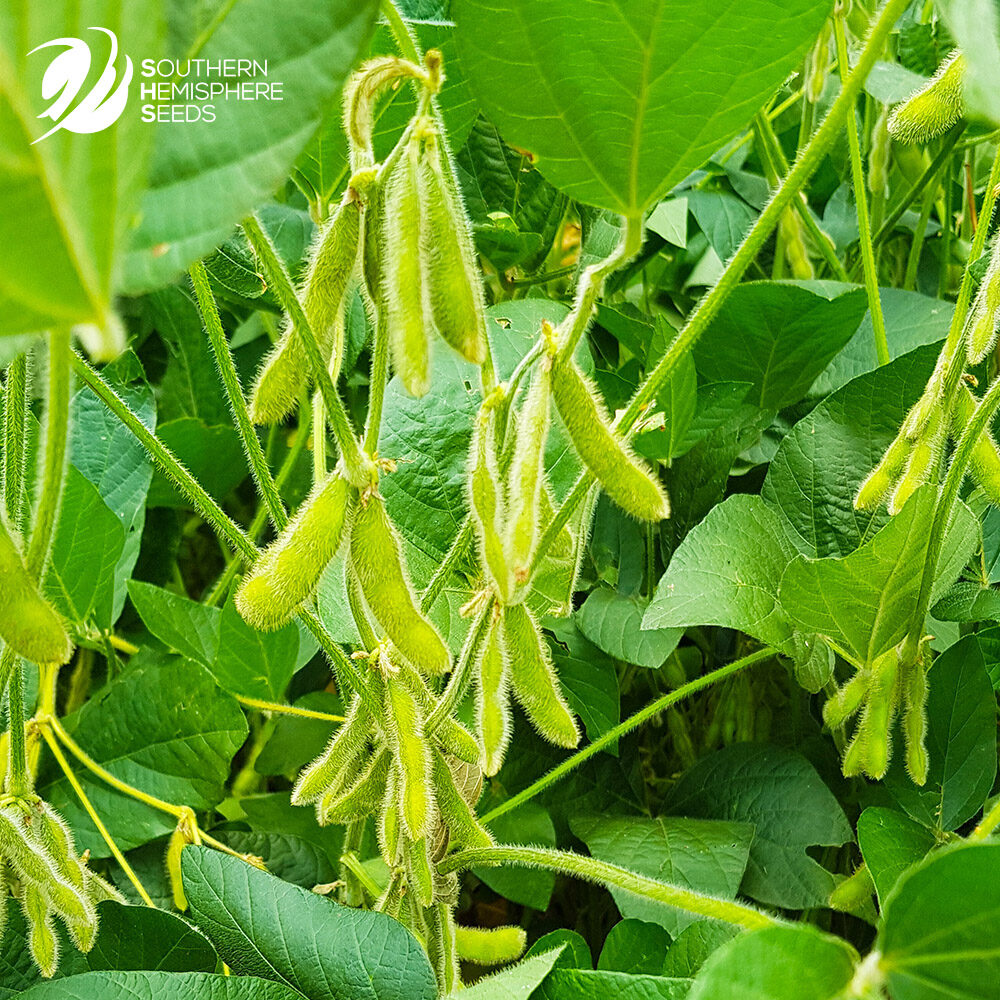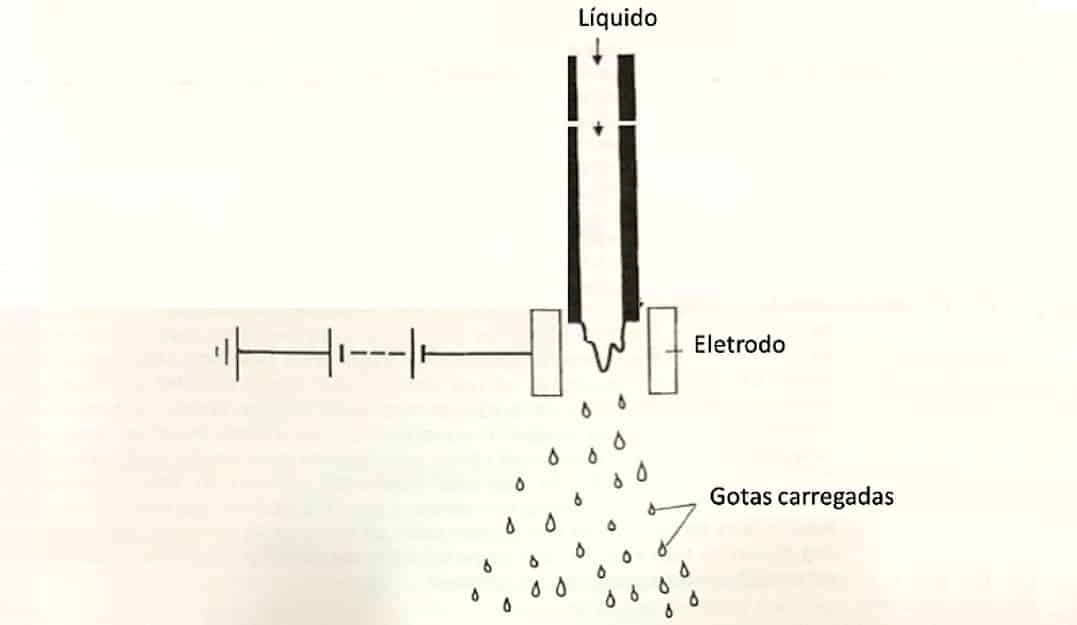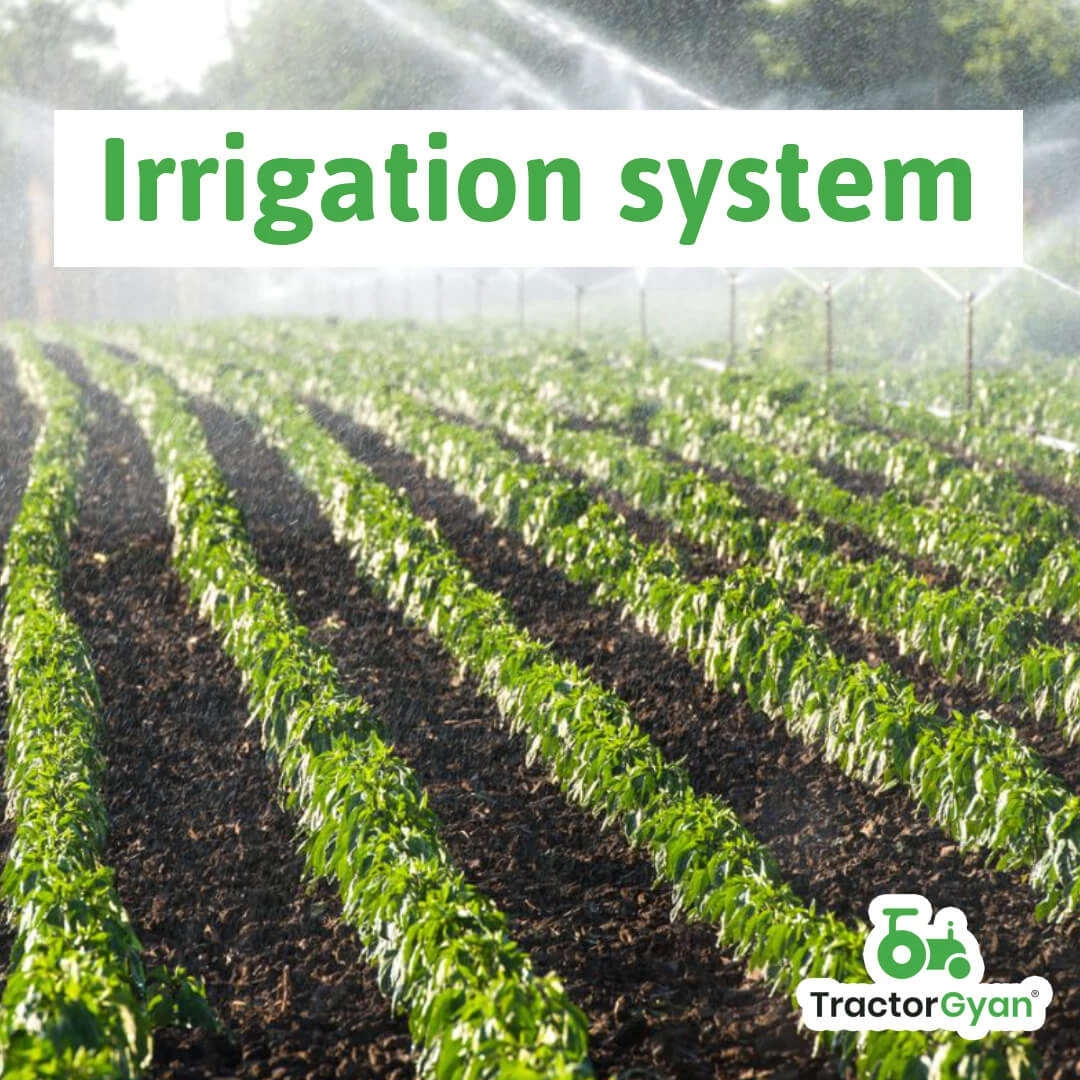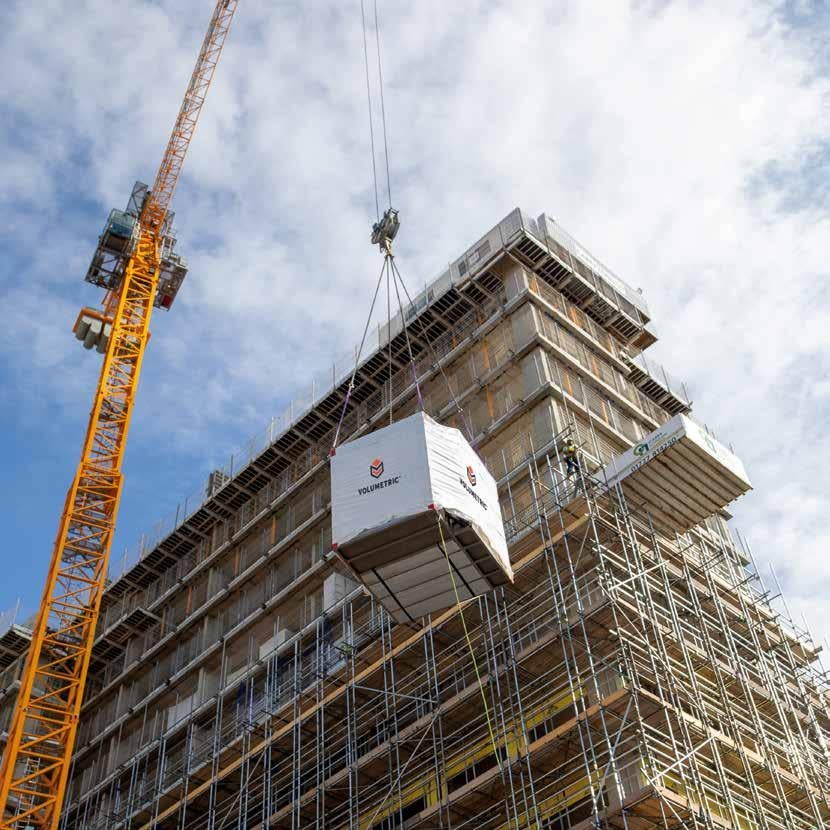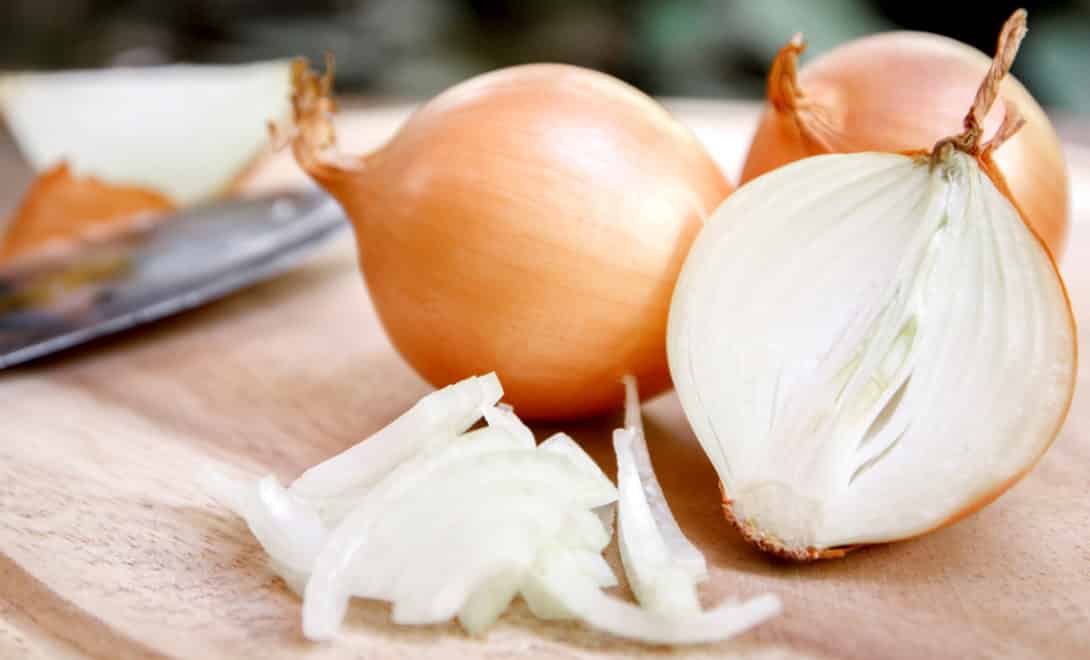The traditional “macarrão da mama” on Sundays has a special touch with the sauce used. The industrial one, bought in supermarkets, is more practical because it comes ready-made and in different flavors, pleasing all palates.
To arrive at the traditional “tomato sauce or extract”, there is a production chain that, in the field, involves several stages, the choice of varieties, planting, cultivation and harvesting. Today, production is not enough to meet demand and industries have to resort to imports.
For industrial production, the low-growing tomato is used because it has a good ability to exploit the soil and its nutrients, increasing productivity.
Main producing states of industrial tomatoes
Brazil ranks first in terms of volume of industrialized tomatoes in the world. Its stern allows the manufacture of many derivatives. With more than 14,6 thousand hectares and 82 producers, Goiás is the largest producer of industrial tomatoes in the country, having harvested 1,32 million tons last year.
The crop is also highlighted in São Paulo and Minas Gerais. The three states concentrate more than half of the planted area and also of the national production of industrial tomatoes, mainly due to good soil and climate conditions. The main processing industries are also located in these regions.

Goiás, São Paulo and Minas Gerais are the main industrial tomato producers in the country.
In the 2019/20 crop, the expansion of the low-growing tomato planted area took place in the State of São Paulo, with a 32,5% increase in cultivation compared to the previous crop, totaling 3,3 hectares.
industrial tomato planting
The industrial tomato can be planted in different regions of the country, especially in tropical and temperate climates, where average temperatures are around 21ºC.
The tomato harvest takes about 120 days. Planting is done between March and July to be harvested until October, in order to escape the rainy and hot period that makes harvesting difficult.
The choice of soil is one of the most important factors for tomato production, especially when opting for mechanization of the crop. Waterlogged areas, with uneven topography or sandbanks, should be avoided because they will make it difficult to transplant the seedlings and harvest the crop.
According to Embrapa, it is important to analyze the history of planting other crops in the area chosen for the cultivation of industrial tomatoes. The objective is to prevent pest attacks, such as root-knot nematodes, from occurring.
In addition, the tomato plant should be well away from areas occupied by other crops to avoid the reproduction of insects.
Choice of seedlings
The production of industrial tomato seedlings is carried out by specialized nurseries, from hybrid seeds that follow strict technical criteria, allowing better sanitary and nutritional control.
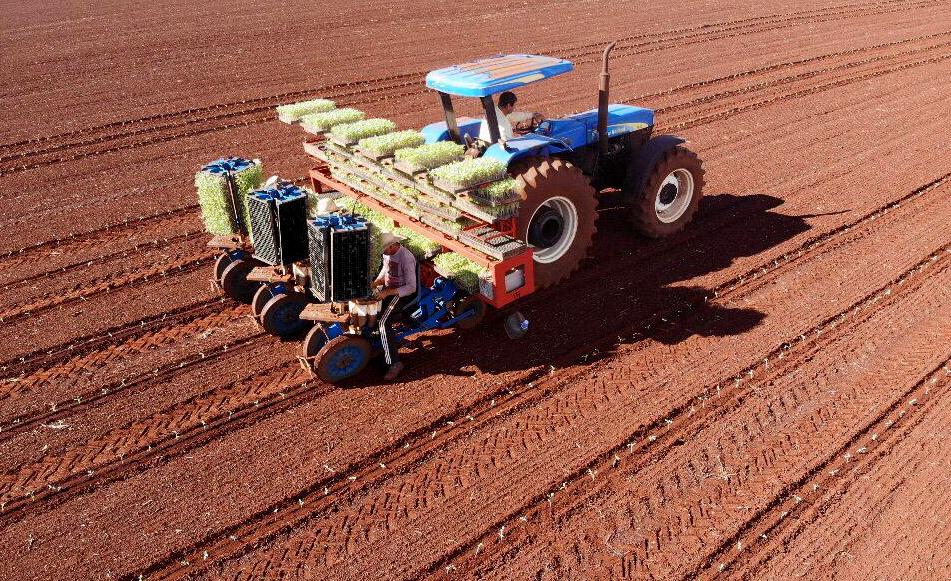
The mechanized planting of industrial tomatoes guarantees uniformity of seedlings in the soil.
In the mechanized process, the seedlings are already ready in styrofoam trays and are placed in a mechanical transplant machine that guarantees correct spacing, on average five plants per meter. These equipments have the capacity to transplant around 120 thousand seedlings/day, which is equivalent to an area of four hectares of farming.
This process is more recommended because the manual transplanting of the seedlings is considered a very laborious and time consuming process, increasing the labor cost.
Mechanized planting of low-growing tomatoes, intended for industrial production.
disease control
During the industrial tomato harvest, the producer must be aware of the appearance of diseases that can compromise the productivity and quality of the product.
To avoid this, the ideal are frequent inspections of the crop, seeking to identify anomalies such as poor growth, wilting, stains and mold.
The disease-causing agents are:
- Bacteria
- Fungi
- Virus
- nematodes
- Physiological disorders
According to Embrapa, the main diseases that attack industrial tomato production are:
- Stain-bacterial (Xanthomonas campestris pv. vesicatoria) – occurs mainly in regions with higher temperatures (20 to 30°C). The first symptoms appear on the leaves. It causes flowers to drop at the time of flowering, in addition to lesions on the fruits.
- Pinta- bacteriana (Pseudomonas syringae pv. Tomato) – it is very frequent in conditions of mild temperatures (18 to 24°C) and high humidity. It attacks all leaves in the form of small brown spots, surrounded by a yellow halo. In fruits, the symptoms are black spots that can be removed with the fingernail. The attack during flowering can cause intense flower drop.
- bacterial wilt (Pseudomonas solanacearum) – associated with very wet soils and high temperatures, this disease occurs mainly in summer. Occurs in still green plants, starting with the pointer. In addition, it is important to perform the cup test and check for a milky run-off coming out of the stem of infected plants. The bacteria can remain in the soil for several years.
- Hollow stalk or soft fruit rot (Erwinia spp.) – It is a bacterium that also appears in areas with high temperature and humidity. After penetrating the fruits with wounds, it causes tomato rot. Therefore, it is important to control the insects that cause these holes.
Therefore, when opting for irrigation of industrial tomatoes, the producer must be careful that the soil does not become soggy, because it is one of the main factors that can lead to the appearance of diseases that attack the tomato plant.
Irrigation care
Investing in an irrigation system guarantees good productivity, taking into account that the production of industrial tomatoes occurs precisely during the dry season in most of the cultivation.
Tomato is a plant that requires a lot of water. Its ripe fruit is 95% liquid. Therefore, lack of water or sufficient moisture can hamper development and productivity.

According to Embrapa, the ideal for industrial tomatoes is drip irrigation.
According to Embrapa, irrigation of tomato crops (in natura or industrial) can be done by sprinkling, dripping or furrowing.
In the case of low-growing tomato production, the drip system is indicated. It is that, although it has a high cost for implementation, it has the advantages of the possibility of a better application of fertilizers and less use of labor.
Industrial tomato harvest
While in the “table” variety, several harvests are carried out, as they depend on the point of maturation and the distance to the place of sale, in the case of industrial tomatoes this process is done all at once. It can be manual or mechanized.

Mechanization of tomato harvesting: the machine can fill up to 20 trucks a day.
Mechanization of harvesting reduces the cost of labor because it is faster and without major losses, when the equipment is well regulated and provided that the producer follows the recommendations mentioned at the beginning of this article.
The harvesters currently used have a threshing system that removes the branches from the fruits through vibration, the same system used in crops such as coffee. In good working conditions, a machine harvests about 18 to 20 truckloads of tomatoes a day, that is, about 340 tons.
Below, watch a video that shows the speed of mechanized harvesting of industrial tomatoes:
Support for industrial tomato growers
Located in the Northeast region, Guaíra concentrates the largest tomato production for industrial processing in the State of São Paulo. This crop has become an excellent winter choice for farmers due to the fertility of the soil.
Today, there are about 60 producers, between medium and large. They have direct support from Grupo Predilecta (one of the main food industries in Brazil), through the Só Fruta Alimentos unit, which has been operating in the field of tomato, vegetables, olives, condiments, sweets and jellies since 1949.
The unit was strategically installed in Guaíra to allow the tomato to be harvested, transported and processed on the same day. There are more than 5 thousand tons/day, operating 24 hours a day.
Producers receive technical support from the industry from the preparation of the soil, choice of varieties, cultural treatments until the harvest period.
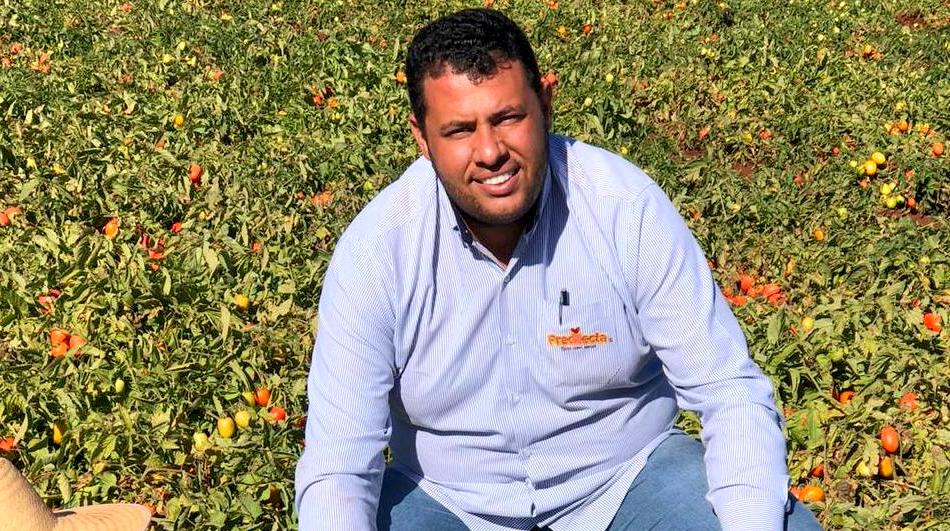
As an agricultural consultant, Mateus is one of the main “bridges” between the producer and the industry.
Agricultural technician Mateus Henrique Nunes Ferreira has worked in the group for seven years. He is one of the main “bridges” between the producer and the industry, acting as an agricultural consultant.
Mateus explains that the biggest challenge in industrial tomato production is the weather conditions. So much so that the harvest has a short period so that the harvest, made until the end of October, does not occur during the rainy season.
According to him, there is great concern in investing in technology to provide greater productivity per planted area and, for this to occur, the farmer has full technical support.
Therefore, as we have seen, industrial tomato production can be a good agricultural alternative, since cultivation takes place in only half of the year and industries need a larger harvest to meet the demand for tomatoes.
Did you like our text on industrial tomato production? If you are a farmer, be sure to visit our technical information page.
